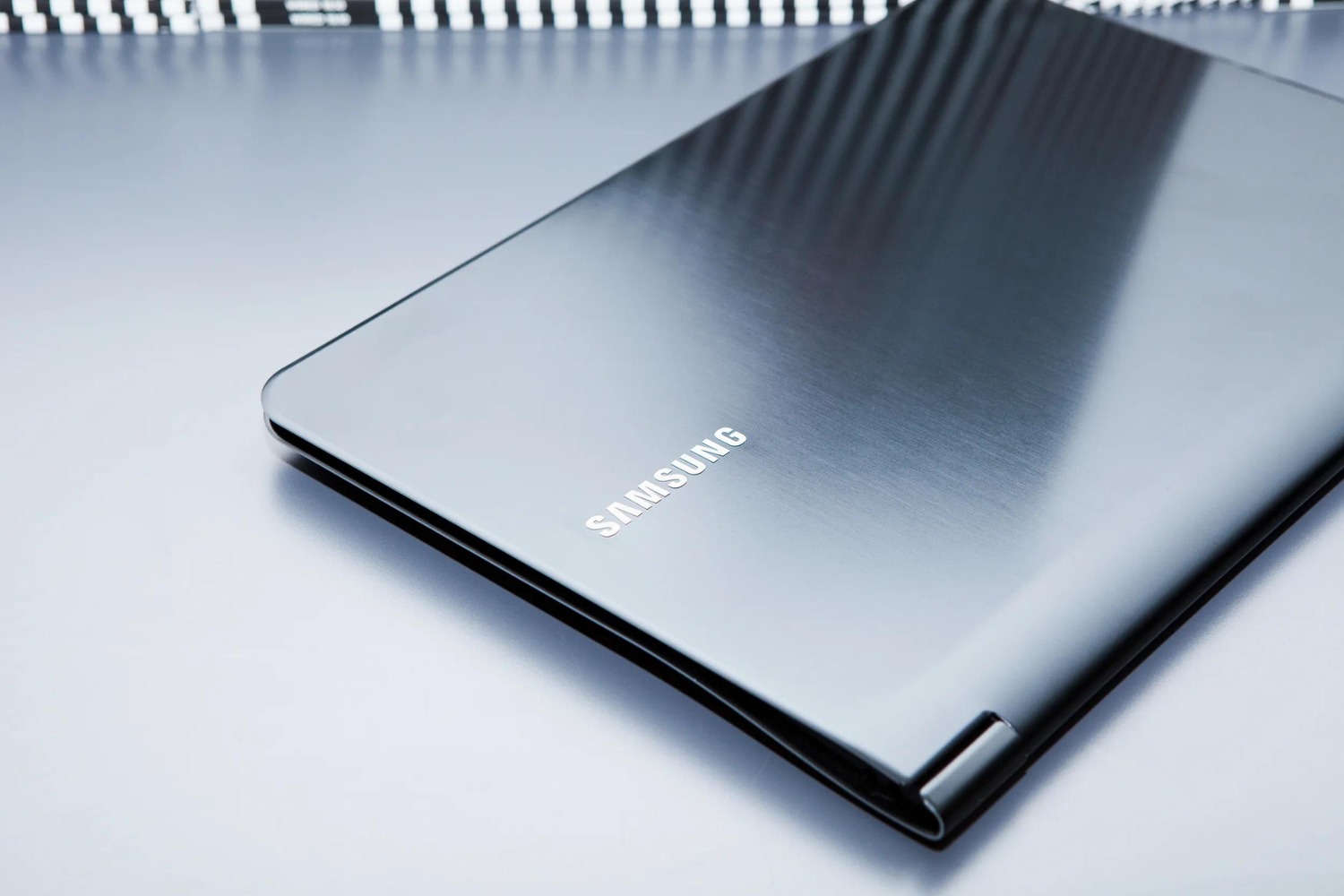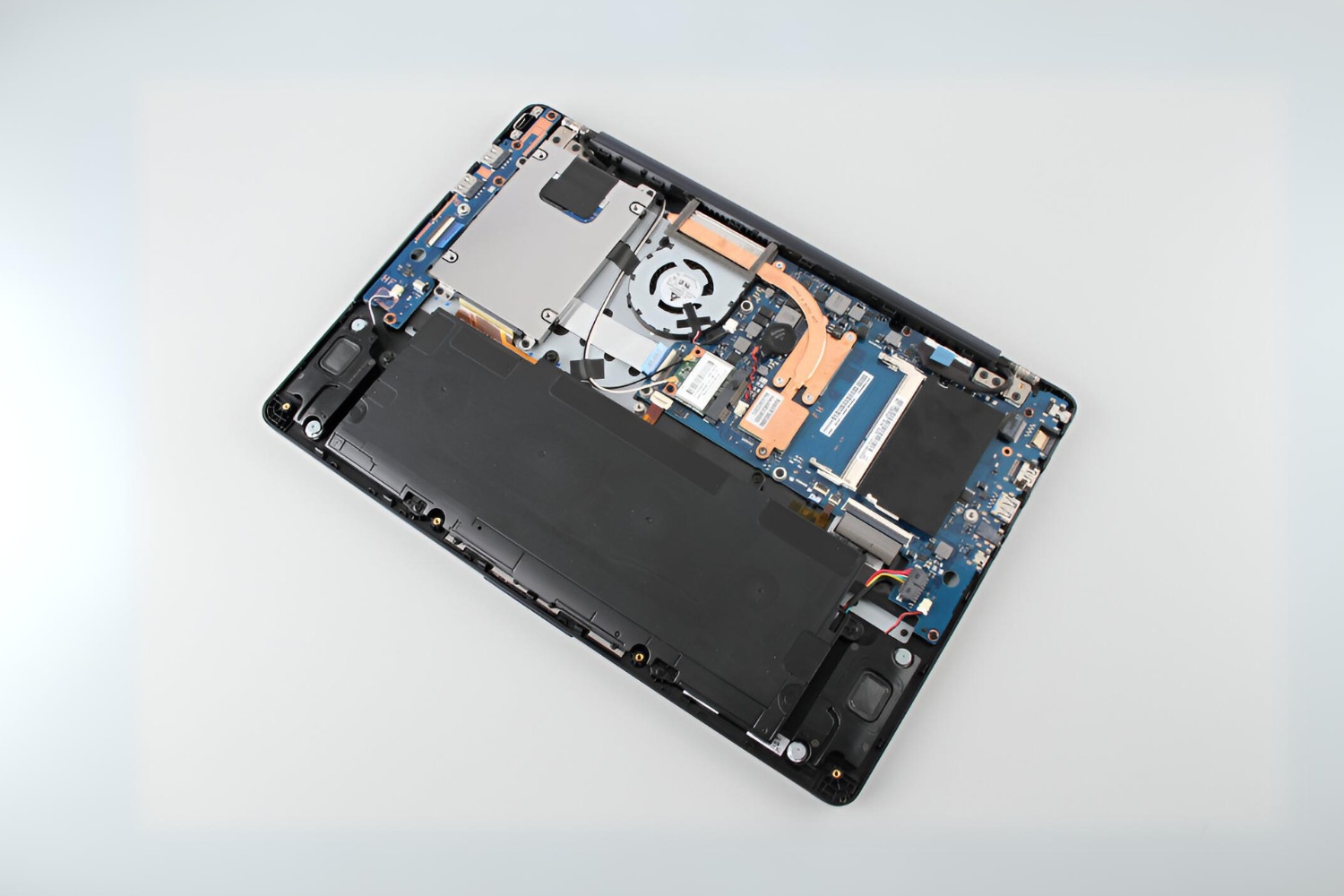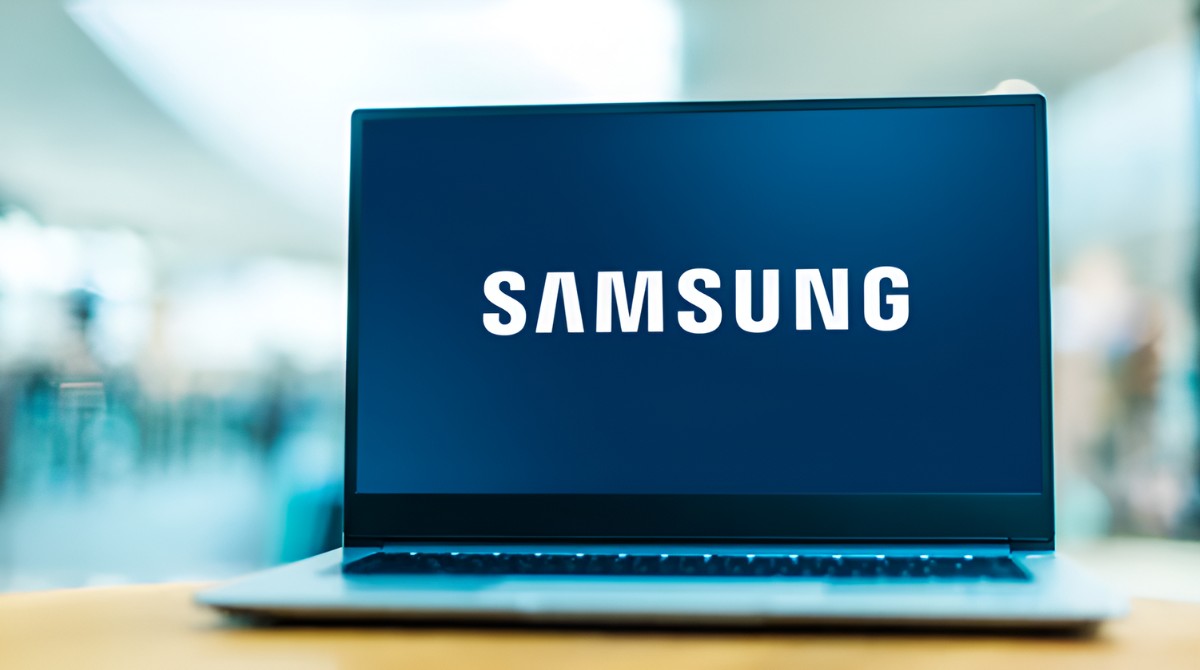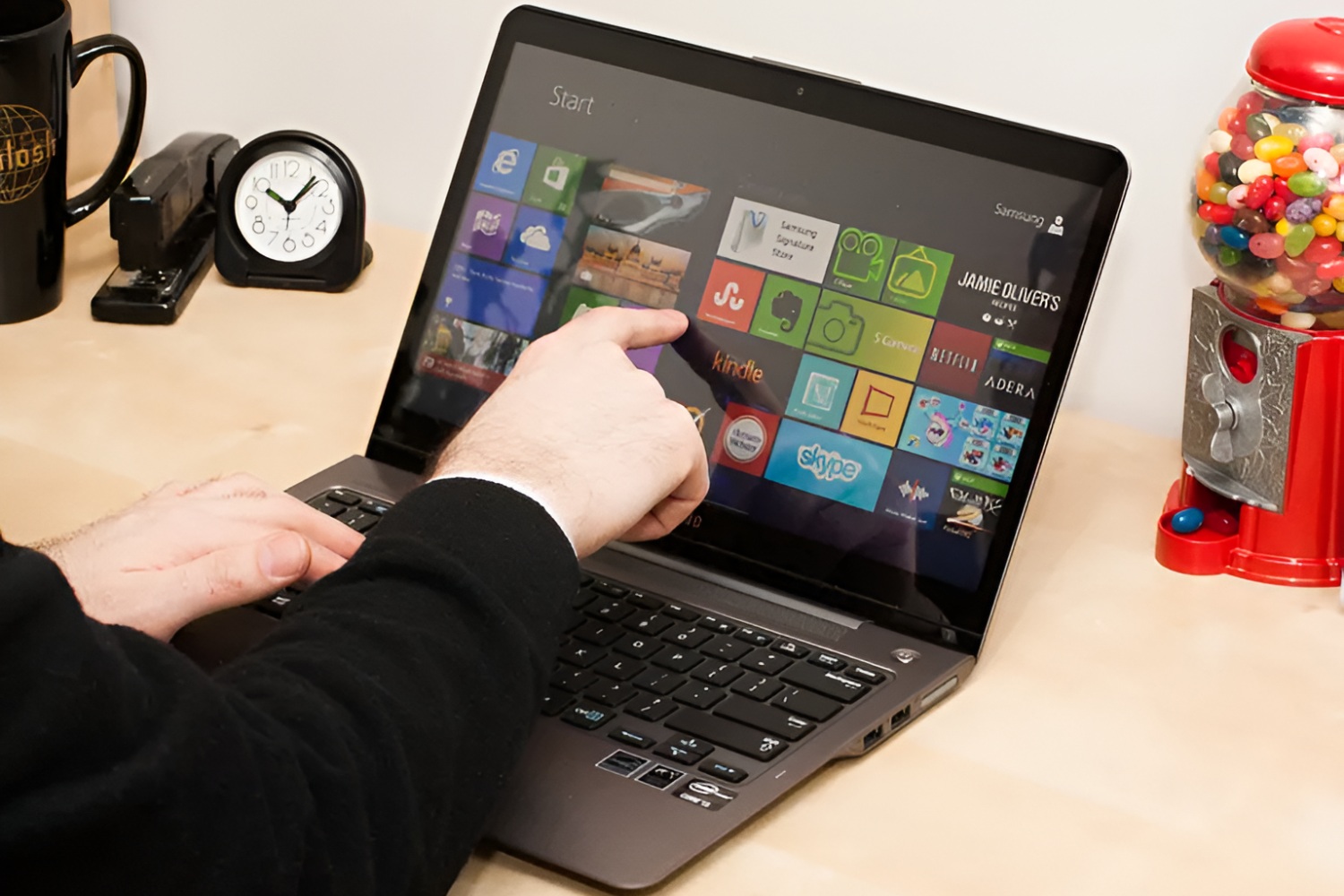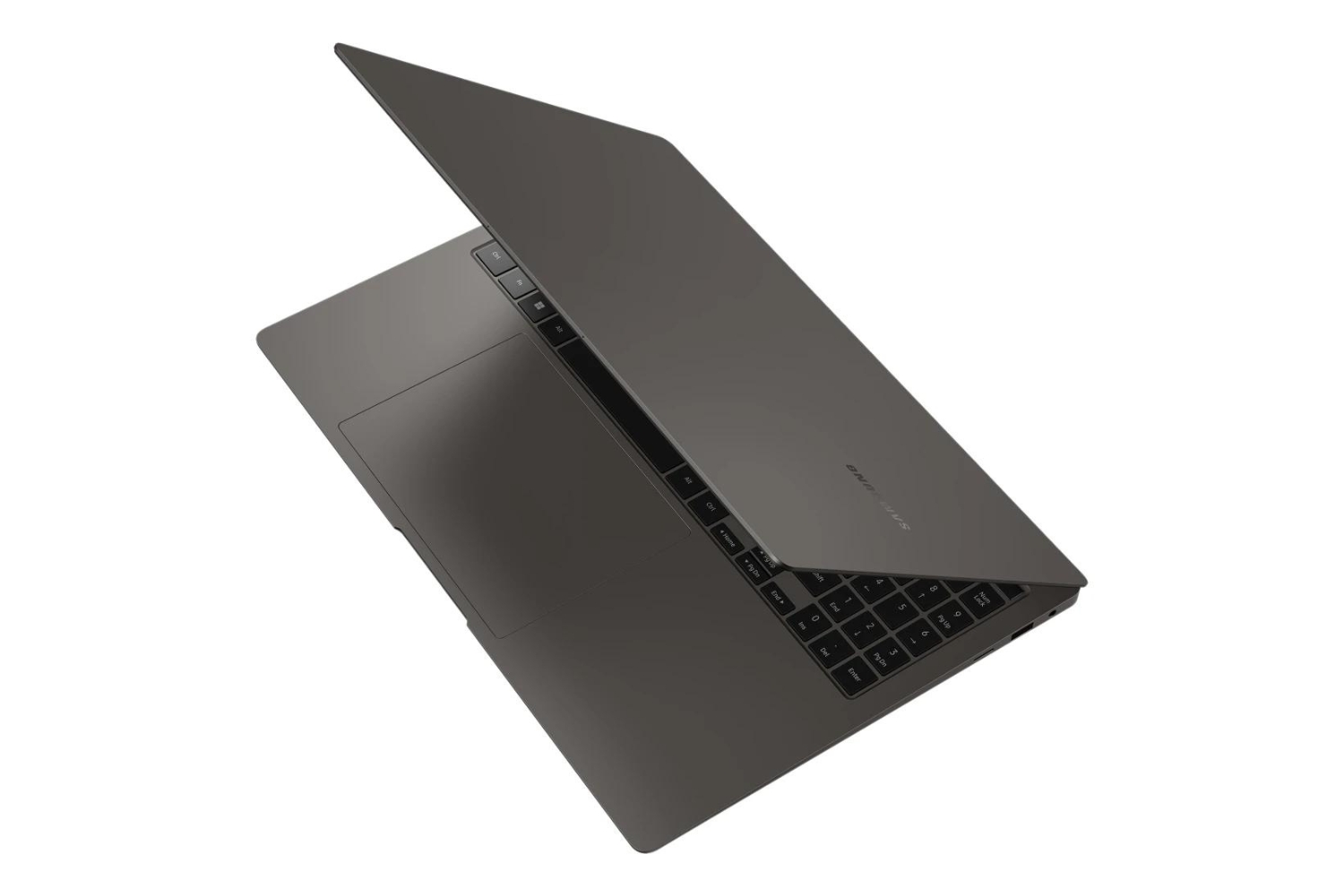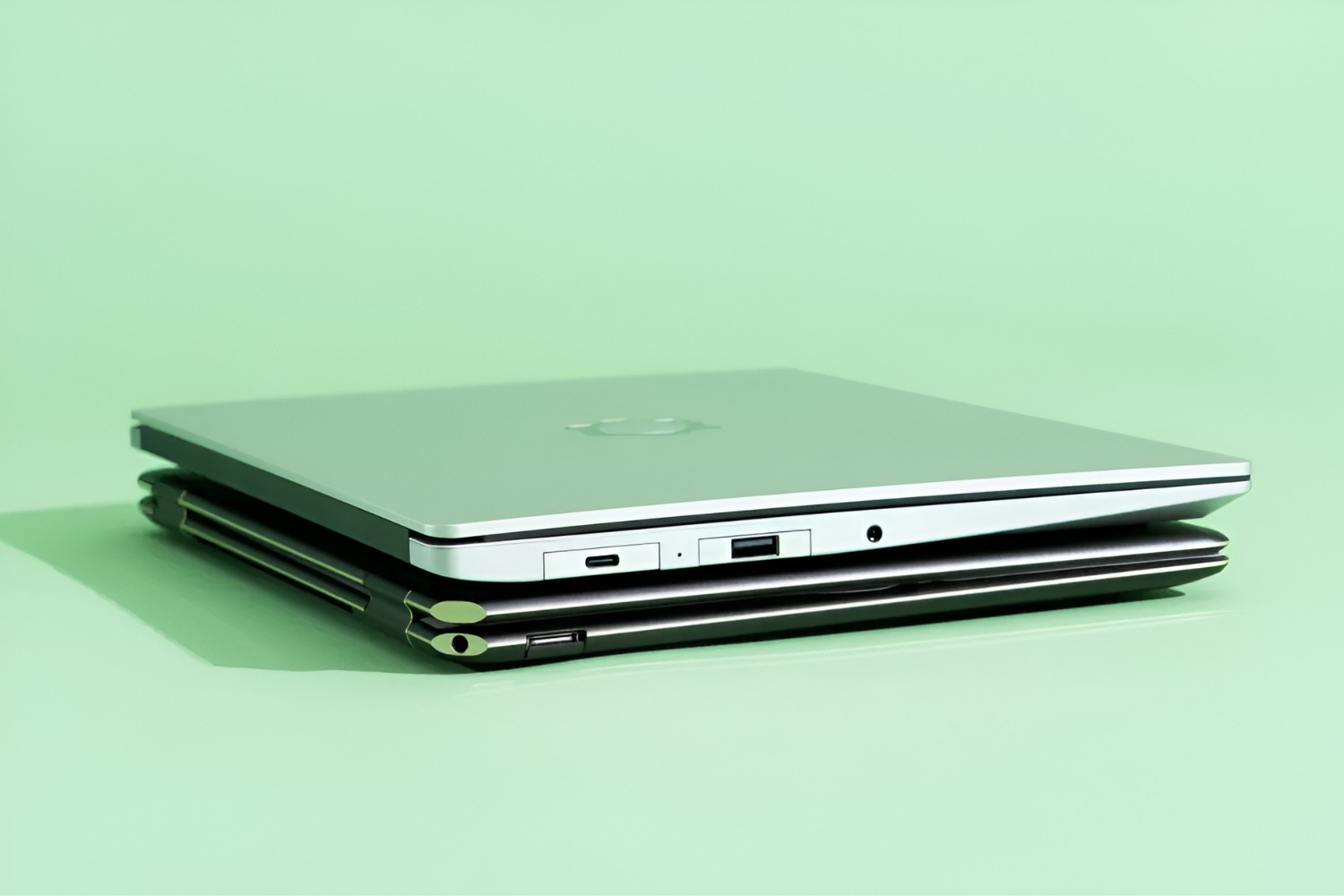Introduction
Welcome to this guide on how to get to the BIOS on your Samsung Ultrabook. The BIOS, or Basic Input/Output System, is a crucial component of your computer that controls important settings and functions. Accessing the BIOS can be necessary for various reasons, such as troubleshooting issues, changing hardware configurations, or updating firmware.
Each computer manufacturer has different methods for entering the BIOS, and in this guide, we will focus specifically on the steps to access the BIOS settings on a Samsung Ultrabook. Whether you’re a beginner or an experienced user, we will walk you through the process step by step, making it easy to navigate the BIOS.
Before we dive into the steps, it’s important to note that accessing the BIOS requires you to power on your Samsung Ultrabook. Additionally, make sure you have a keyboard connected to your device, as you will need it to input the necessary commands. Let’s get started!
Step 1: Power on your Samsung Ultrabook
The first step in accessing the BIOS on your Samsung Ultrabook is to power on the device. Press the power button located on your device, usually located on the side or near the keyboard. Allow your Ultrabook to boot up and reach the initial startup screen. It’s essential to wait until the startup process is complete before proceeding to the next step.
Note that if your Ultrabook is currently turned off, you may need to connect it to a power source to ensure uninterrupted access to the BIOS. Ensure that your device has enough battery charge or connect it to a power outlet using the provided charger. This will prevent any unexpected shutdowns or interruptions during the BIOS access process.
Once your Samsung Ultrabook is powered on and ready, you’re now ready to move on to the next step, which involves continuously pressing the F2 key to access the BIOS settings.
Step 2: Continuously press the F2 key
Now that your Samsung Ultrabook is powered on, you need to press a specific key to access the BIOS settings. On most Samsung Ultrabooks, the key you need to press is the F2 key. It’s important to note that you need to press the F2 key continuously during the startup process until you enter the BIOS.
To ensure a successful entry into the BIOS, start pressing the F2 key as soon as you power on your Ultrabook. Keep pressing the key repeatedly at regular intervals until the BIOS setup screen appears on your display. This might take a few tries, so don’t be discouraged if you don’t get it on the first attempt.
Some Samsung Ultrabooks may require a different key to access the BIOS, so if pressing F2 doesn’t work, you can try the Delete key or the Esc key. Consult your Ultrabook’s user manual or look for on-screen prompts during boot-up for the correct key to access the BIOS settings.
Once you successfully press the F2 key and enter the BIOS settings, you can proceed to the next step to make any necessary changes or adjustments.
Step 3: Access the BIOS settings
After successfully pressing the F2 key and entering the BIOS on your Samsung Ultrabook, you will be greeted with the BIOS setup screen. This is where you can access and modify various settings related to your computer’s hardware, boot options, security, and more.
The BIOS setup screen may differ slightly depending on the model of your Samsung Ultrabook. You will typically see a menu with different tabs or sections, each containing specific settings that you can configure. The navigation within the BIOS can be done using the arrow keys on your keyboard, and the Enter key is used to select or enter a specific setting.
Take your time to explore the different sections of the BIOS and familiarize yourself with the available settings. It’s important to note that you should proceed with caution when making changes in the BIOS as incorrect settings could potentially cause issues with your computer’s functionality.
Common BIOS settings you may encounter include boot order configuration, hardware detection options, power management settings, and security features. Refer to your Ultrabook’s user manual or the Samsung support website for more detailed information on specific BIOS settings for your model.
Once you have accessed the BIOS settings and familiarized yourself with the options available, you can proceed to the next step to make any necessary changes or adjustments.
Step 4: Make changes in the BIOS settings if necessary
Now that you have accessed the BIOS settings on your Samsung Ultrabook, you can proceed to make any necessary changes or adjustments. It’s important to note that you should only make changes if you are confident in what you are doing and understand the potential implications.
Before making any changes in the BIOS settings, it’s a good idea to have a clear understanding of what each setting does and how it may impact your computer’s performance. Refer to the user manual or the Samsung support website for detailed explanations of the available settings.
The specific changes you might need to make in the BIOS settings will depend on your requirements. Some common changes include setting the boot order to prioritize your preferred boot device, adjusting the clock or time settings, enabling or disabling certain hardware components, or modifying power management options.
When making changes in the BIOS, take your time and carefully review each change before saving. Most BIOS screens have instructions displayed on the screen itself to help you navigate and make changes. Use the arrow keys to select the desired setting and press Enter to modify its value.
Once you have made the necessary changes, navigate to the appropriate option to save your settings. Typically, you can find an option labeled “Save and Exit” or something similar. Select this option and confirm your changes to save them and exit the BIOS.
Remember, it’s essential to proceed with caution when making changes in the BIOS settings. Incorrect settings can potentially harm your computer’s functionality. If you’re unsure or hesitant about a particular change, it’s best to consult a professional or seek guidance from Samsung support.
Step 5: Save and exit the BIOS
Once you have made the necessary changes in the BIOS settings on your Samsung Ultrabook, it’s important to save your modifications and exit the BIOS to ensure that the changes take effect.
To save your changes, navigate to the “Save and Exit” or similar option within the BIOS menu. Use the arrow keys to select the option, and then press Enter to proceed. Depending on your BIOS version, you may be prompted to confirm the changes before saving.
After confirming the changes, the BIOS will save the modified settings and exit back to the normal startup process of your Samsung Ultrabook. The changes you made should now take effect, and you can proceed to use your computer as usual.
It’s important to note that if you ever need to access the BIOS again in the future, you can simply follow the steps mentioned earlier. Power on your Ultrabook, press the designated key (usually F2) continuously during startup, and then navigate to the BIOS settings to make any necessary adjustments.
By regularly accessing and updating the BIOS settings, you can ensure optimal performance and functionality of your Samsung Ultrabook.
Remember, it’s crucial to exercise caution when making changes in the BIOS, as incorrect settings can potentially cause harm to your computer. If you’re uncertain about any changes or need further assistance, it’s always advisable to consult the user manual or contact Samsung support for guidance.
Conclusion
In conclusion, accessing the BIOS settings on your Samsung Ultrabook is a straightforward process that can be useful for troubleshooting issues, configuring hardware, or updating firmware. By following the steps outlined in this guide, you can easily enter the BIOS and make any necessary changes or adjustments.
Remember to power on your Samsung Ultrabook and continuously press the F2 key during startup to access the BIOS settings. Once inside the BIOS, take the time to familiarize yourself with the available options and make changes cautiously, keeping in mind the impact they may have on your computer’s performance.
If you encounter any difficulties or have questions about specific BIOS settings, refer to your Ultrabook’s user manual or reach out to Samsung support for detailed guidance.
It’s important to emphasize the need for caution when making changes in the BIOS. Incorrect settings can potentially cause functionality issues or even render your computer unusable. If you’re unsure or hesitant about a particular change, it’s always better to seek professional assistance or consult the manufacturer’s support channels.
Regularly accessing and updating the BIOS settings can help ensure that your Samsung Ultrabook functions optimally and meets your specific requirements. Whether you’re adjusting boot priorities, configuring hardware, or fine-tuning power management, the BIOS provides a gateway to a range of customization options.
Now that you have a comprehensive understanding of the steps involved in accessing the BIOS on your Samsung Ultrabook, you’re well-equipped to navigate the BIOS settings with confidence and make the necessary adjustments to optimize your computing experience.







